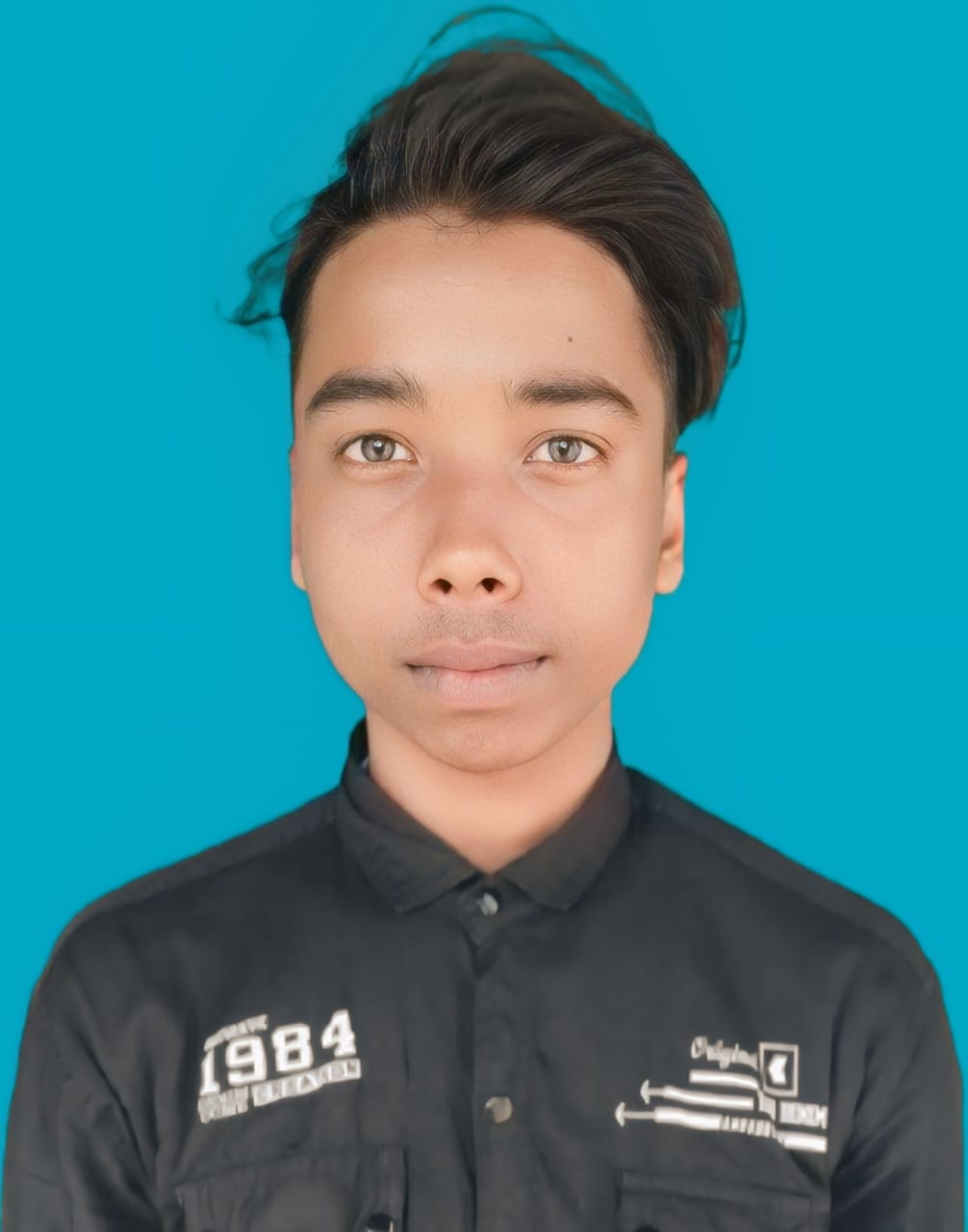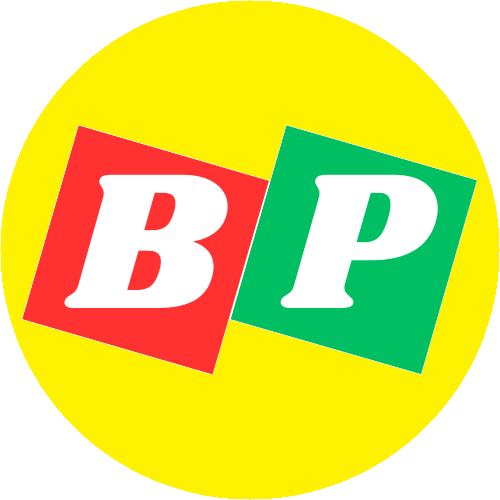
BRAIN PLUS
Govt. Registration Number: WB-11-0020043
State NOC: NOCOVO75904235N & SSNOCMIM48248448N
Teacher ID: APAAR-89435428746 & DEB-012501268020
Center Code: BYCSM/LCO382
Center ID: 250121153446

Bhartitari Stand
Ennglish Bazar, Malda
📞 9093436569

Hatpara, Jagabandhu Tola
Maniknagar, Ratua, Malda
📞 9093436569

Maharajpur, Ratua, Malda
Cooming Soon ...
📞 9093436569
| কোর্সের নাম | সময়কাল | কোর্স ফি |
|---|---|---|
| * Fast Typing (40+ WPM) | Exiting Course | Free For any Course |
| 1. DCA - Diploma in Computer Application. | 6 মাস | 4000 টাকা |
| 2. ADCA - Advanced Diploma in Computer Application. | 12 মাস | 7000 টাকা |
| 3. EDCA - Expert Diploma in Computer Application. (Publisher & Excel Expert) | 18 মাস | 10000 টাকা |
| 4. Accounts & Tally - (Working Level) | 12 মাস | 8000 টাকা |
| 5. Wordpress & E - Commerce | 12 মাস | 10000 টাকা |
| 6. Website Designing - (HTML, CSS, JAVASCRIPT) | 18 মাস | 10000 টাকা |
| 7. Web Applications & Database - (HTML, CSS, JAVASCRIPT, PHP, DBMS) | 24 মাস | 30000 টাকা |
| 8. Programming Language - C, C++, C#, Java, Visual Basic, Python. | 24 মাস | 30000 টাকা |
| 9. Mobile Application - Kotlin, Java in Details. | 24 মাস | 30000 টাকা |
| 10. 2D Animation - Logics & Designs. | 24 মাস | 50000 টাকা |
| 11. 3D Animation - Logics & Designs. | 24 মাস | 50000 টাকা |
| 12. Game Development - Logics & Designs. | 24 মাস | 50000 টাকা |

MRINMAY MANDAL

DWEEP MANDAL

BARSHA MANDAL

PABITRA KARMAKAR

JIT KARMAKAR

KARINA KHATUN

NASRIN KHATUN

ROHAN KARMAKAR

SAGAR MANDAL

SURYA MANDAL

BISWAJIT MANDAL

SANTANU MANDAL

TILAK MANDAL

RIMI MANDAL

JASMIN KHATUN

SUBHANKAR MANDAL

RAVI SWARNAKAR

RAKIBUL SK

ASGAR ALI

CHINMOY MANDAL

SHUBHA MANDAL

SUBIBHAB MANDAL

KOUSHIK SAHA

MONIRA KHATUN

DHIRAJ MANDAL

SHUBHANKAR MANDAL

APURBA KARMAKAR

ANUP MANDAL

SOUMEN GUPTA

SADDAM HOSSION

SAHARIAR HOSSAIN

TARIQUE ANWAR

AFIJA KHATUN

KUNAL MANDAL

PREETY GHOSH

SUBHAJIT MANDAL

DEV KARMAKAR

MANDIP SARKAR

KOUSHIK MANDAL

BIKI MANDAL

SUCHITRA GHOSH

ANIK MANDAL

AKASH MANDAL

KANGKAN ROY

ABHIJIT MANDAL

RAMIZ AKTAR

ANIKET DAS

ANGSUK KARMAKAR

SK ASHIF

KOYEL MANDAL

PRODIP MANDAL

HEMKANTA MANDAL

BANASHREE MANDAL

MADHUMITA SAHA




“Passion is the driving force that transforms ordinary endeavors into extraordinary achievements. Nowhere is this more evident than in the realm of technical education, where a fervent commitment to learning and innovation propels individuals to new heights of success.”
“Technical education is a gateway to a world of possibilities, offering a diverse range of skills and knowledge that empower individuals to navigate the complexities of the modern era. It is this intense enthusiasm that fuels the tireless pursuit of understanding, experimentation, and problem-solving.”

“Professional teachers in technical education are adept at creating an inclusive and collaborative learning environment. They understand that each student possesses unique strengths and challenges and tailor their teaching methods to cater to diverse learning styles.”
“By fostering a sense of community and teamwork, these teachers ensure that every student has the opportunity to thrive and contribute to the collective learning experience.”

“At our institution, we don’t just impart knowledge; we believe in a commitment that extends beyond the classroom. We provide lifetime support to our students, recognizing that their journey in technical education is ongoing.”
“Our pledge is not just to teach for a moment but to empower for a lifetime, ensuring that our students continue to thrive long after their formal education concludes.”